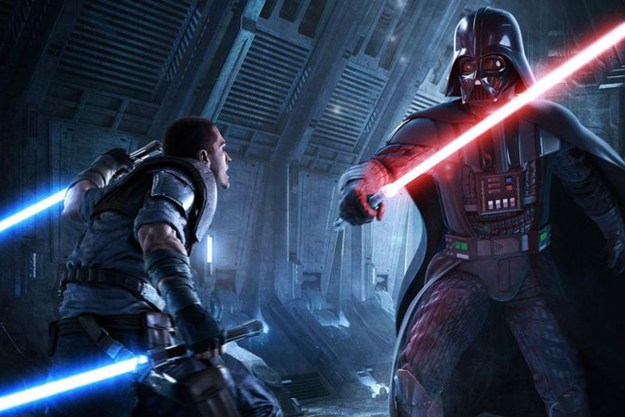Microsoft today announced more Game Pass games for April and also offered a tease about Ubisoft’s future on the popular subscription service.
In a blog post, Microsoft revealed some fresh games coming to the platform throughout the rest of the month. While players can hop into games like F1 2021 and Need for Speed: Hot Pursuit Remastered starting today, some notable hits are coming later this month, including Bugsnax. The charming and vibrant title launched alongside the PlayStation 5 in 2020, but it’s now making its way over to Xbox platforms alongside its new (and free) DLC, The Isle of BIGsnax, which will add hours of new content to an already expansive experience.
Here’s everything coming to the service from April 19 through April 28.
- F1 2021 (cloud): April 19
- Need for Speed: Hot Pursuit Remastered (cloud via EA Play) : April 19
- Turnip Boy Commits Tax Evasion (cloud/console/PC): April 19
- 7 Days To Die (cloud/console/PC) : April 26
- Research and Destroy (console/PC): April 26
- Bugsnax (cloud/console/PC): April 28
- Unsouled (console/PC): April 28
The post also teases that Ubisoft will be making a bigger splash on the service in the next two months. Assassin’s Creed Origins will be added to the library for cloud, console, and PC. Meanwhile, For Honor: Marching Fire Edition will be added to PC, and cloud and console players will receive the upgraded version of the game as well. No other details were shared regarding which other Ubisoft titles will be coming in the future, but it’s heavily implied that Microsoft and Ubisoft are working to bring plenty more to players in the coming months.
Editors' Recommendations
- The best cozy games
- The best external hard drives for Xbox Series X
- Every rumored video game console: Nintendo Switch 2, PS5 Pro and more
- Fallout 4 is finally getting free Xbox Series X and PS5 upgrades
- You need to play this underrated zombie shooter before it leaves Xbox Game Pass




